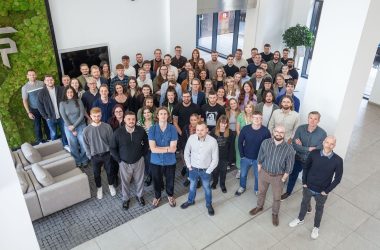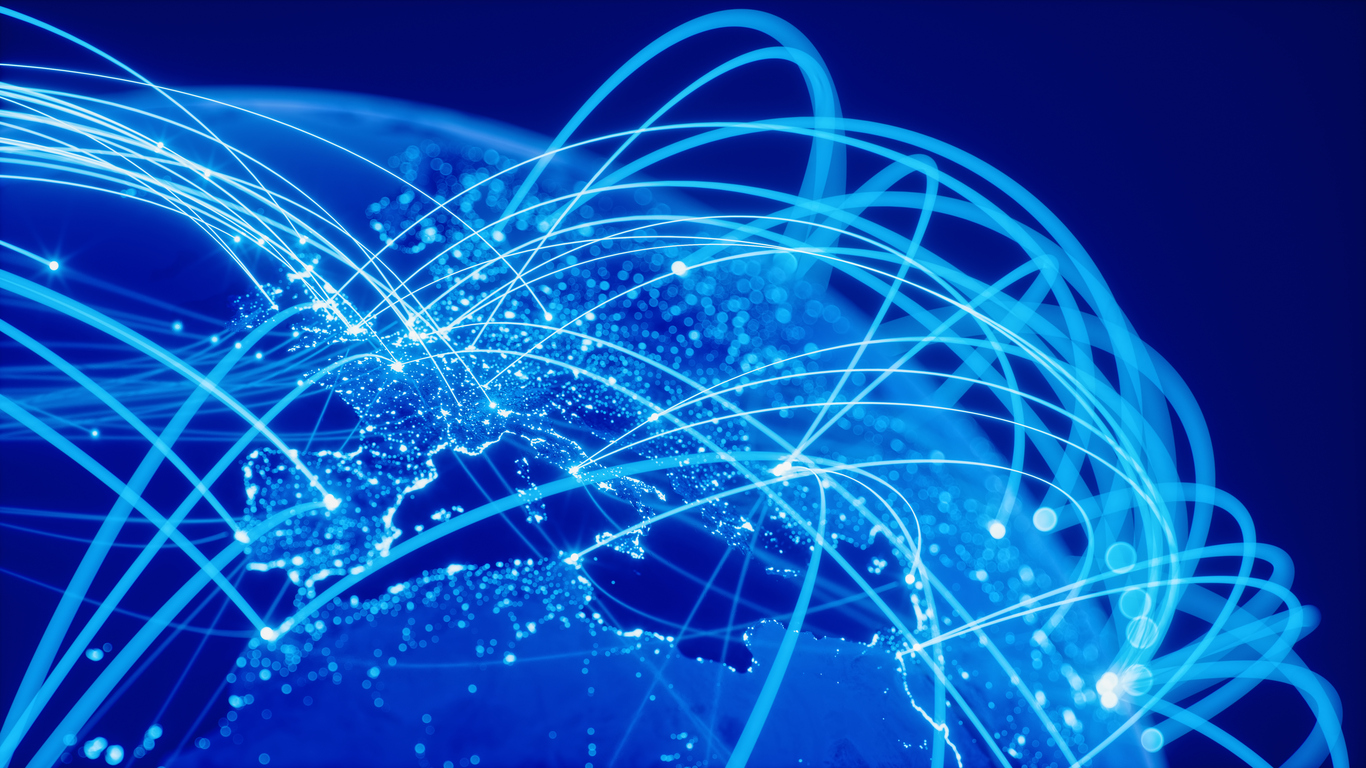Last Updated on: 22nd November 2023, 07:47 am
The Internet of Things (IoT) is beginning to transform the way that local and national governments operate. It is being used by local councils and government agencies in the UK and throughout the world. Here we’ll look at some of the ways it is having an impact.
Flood management
Flooding has been a significant problem in the UK over the last few years. According to the Environment Agency, the estimated economic cost of the 2015-2016 winter floods was £1.6 billion. To protect people and properties and reduce the amount of damage the floods cause, it is essential to monitor water levels in areas which are at risk. To help achieve this, the UK’s Flood Network has now started to use IoT technology.
During a successful pilot project in Oxford, the agency, in collaboration with Nominet, launched a network of IoT based sensors to monitor water levels in the streams, groundwater and basin of the Thames and Cherwell rivers. The result was an interactive map of the area which also used data from Environment Agency sensors in canal locks.
The technology used in the project, which was developed by Nominet, includes tools to help the agency build and scale IoT applications and does so using standard internet standards, such as DNS. Remarkably, it also utilises TV white space to connect hard to reach sensors in the network.
Earthquake detection and warning
In California, one of the biggest environmental threats comes from earthquakes. The city authorities, in partnership with the California Institute of Technology, have initiated the Quake Alert Project which uses IoT sensors to monitor the almost constant tremors that the city endures. The data collected can visually show an earthquake in progress and help predict its impact.
In the future, the aim is to gather information from a wider range of sensors, including those carried by people, such as smartwatches and mobile phones. The idea is that the constant stream of data can give a greater awareness of situations in localised areas.
In addition to receiving data from the local population, the city hopes to be able to send them alerts of impending earthquakes that may give them enough time, perhaps up to 30 seconds, to find cover. The sensors are so sensitive that it is possible that people could be notified before the ground even starts to shake. The same data can also be sent to operational equipment at local businesses, giving it time to shut itself down before the earthquake strikes.
Smart parking
As anyone who has ever tried parking in central London can tell you, finding a parking space can be a nightmare. One borough that has a problem with parking is the City of Westminster where more than 70 percent of bays are often full. Inability to find a space means drivers, on average, spend twelve minutes before a vacant bay is found. Not only is this an inconvenience to those visiting the area, it impacts on environmental emissions and makes the already congested traffic even busier.
For a solution, the borough council has turned to the IoT to create a smart parking zone. This works by putting battery-powered, infrared sensors in the centre of each parking space. These monitor if spaces are free and send that data using wireless receivers installed on powered street furniture. The receivers then carry that data over a wireless network to a master controller which, in turn, uses 3G to transmit it to the central system.
Once the data is received and processed, drivers can access it on an app which shows them where the nearest vacant bay is.
Protecting government employees
Many government agencies are combining RFID and IoT access control technology to protect their employees. By requiring workers to carry smart ID cards or RFID wristbands, like those available from Universal Smart Cards, it is possible to log their attendance and track their whereabouts across an entire portfolio of public buildings. As a result, intruders can be prevented from getting access, the public can be stopped from entering staff only areas and employees’ access can be restricted to those areas where they are authorised to go. In an emergency, access control can also be used to automate a lockdown.
Using an IoT-based access control system allows data to be held centrally for processing and enables the system to be operated remotely, which is ideal for councils which have numerous premises to maintain.
Summing up
The potential of IoT for helping local and national government improve their services is enormous and the examples given here are just a few of many projects that are taking place today. In addition, IoT is being used to monitor sound and air pollution in urban areas, control street lighting, manage traffic and even tell waste collectors when the bins are full. With the number of IoT devices set to rise to over 20 billion by 2020, expect to see IoT playing a much bigger role in the government in the years to come.





